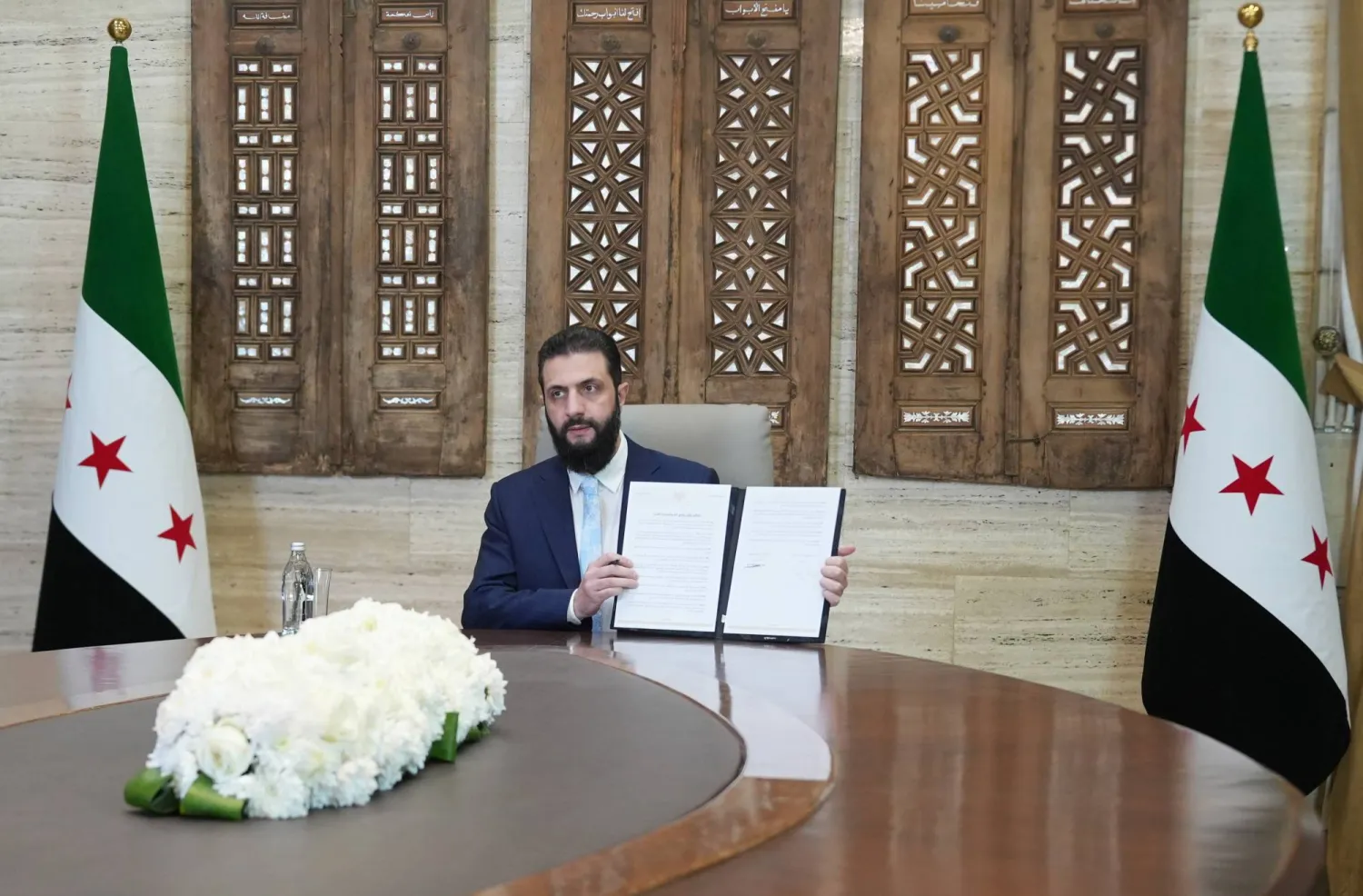Israeli evacuation alerts in large areas of Mount Lebanon, southern Lebanon, and the east have created significant chaos in the country.
This unusual move coincided with increased airstrikes as Israel sought to strengthen its ground presence along the border.
However, Hezbollah has denied that Israeli forces have captured any villages, stating that “the resistance knows how to confront them,” despite the intense air attacks.
The Israeli military has begun issuing evacuation warnings for regions in the south, the Bekaa Valley, and the town of Wardaniyah in Chouf district. These alerts were quickly followed by airstrikes on designated targets.
The evacuation orders have caused confusion for displaced people and the areas where they sought shelter, forcing many to flee quickly. This turmoil has been captured in images shared on social media after the evacuation notice for Wardaniyah.
Since morning, Israeli aircraft have targeted most of the buildings marked for evacuation in a wide-ranging attack across the south and the Bekaa Valley (east), along with heavy strikes on border areas. Israeli forces are facing fierce fighting against Hezbollah, and sources say Hezbollah is trying to engage directly with Israeli troops to limit their air support.
Lebanese media reported that the Israeli military made an eighth attempt to breach the defensive line in Labounah in the western sector, but Hezbollah fighters successfully repelled the attack.
The group claimed its fighters hit four Merkava tanks in the Labounah heights with guided missiles, setting them on fire and causing casualties among their crews.
Hezbollah announced it targeted Israeli positions in the Shebaa Farms, the Lebanese town of Blida, and along the Masghav Axis, facing the towns of Adaisseh and Kfar Kila in the Upper Galilee. The group also reported launching missiles at the eastern and western Galilee.
In response, Israeli media shared videos showing the Israeli flag raised over a water tank in the border town of Aita al-Shaab, surrounded by rubble from destroyed buildings. Lebanese reports noted that the tank is located about 700 meters from the border.
On Wednesday evening, Aita al-Shaab and its surroundings saw some of the fiercest fighting, with the Israeli army releasing videos of close combat in the town.
Intense clashes also occurred in Qouzah and Ramia as Israeli forces tried to advance and control the heights of Qouzah to gain a strategic view of nearby towns.
Hezbollah’s Position
As fighting continues for the 18th day, Hassan Fadlallah, a member of Hezbollah’s Loyalty to the Resistance Bloc, stated that “the Israeli enemy has failed to achieve any of its goals, such as returning settlers to the north and driving away resistance fighters.”
“We will not discuss the details of negotiations, as we believe that Parliament Speaker Nabih Berri can serve the nation’s interests,” he added.
At a press conference in Parliament, Fadlallah addressed the war’s developments, noting that “the occupation has not captured any villages despite extensive airstrikes.”
He emphasized that “the resistance on the ground knows how to confront the enemy” and mentioned that “the issue of a ceasefire is with Speaker Berri and caretaker Prime Minister Najib Mikati.”
Fadlallah accused Israeli forces of using a scorched-earth strategy, systematically destroying villages, especially in the south, to implement their long-term plan for a buffer zone.
He claimed this plan has been in place since 1978 and vowed that “the resistance will thwart this project.”
On the Israeli side, army spokesman Avichai Adraee announced the killing of Hezbollah battalion commander Hussein Muhammad Awada in the Bint Jbeil area. He said Awada was responsible for launching missiles from various villages toward Israel.
Adraee also claimed killing dozens of fighters in southern Lebanon and destroying over 150 targets.









